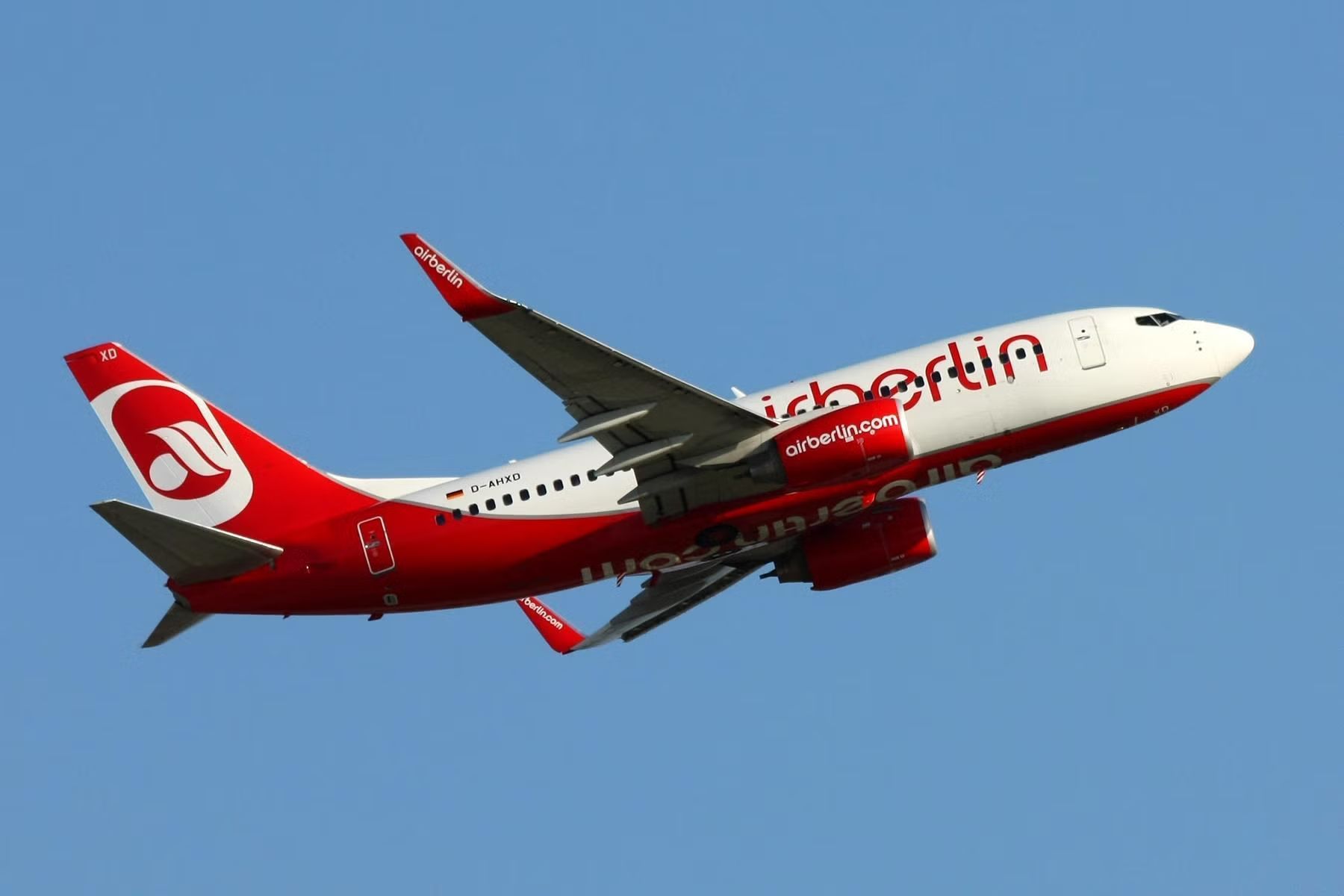
Air Berlin was once Germany's second-largest airline, known for its extensive network and affordable fares. But what happened to this once-thriving carrier? Air Berlin's story is filled with highs and lows, from its inception during the Cold War to its eventual bankruptcy in 2017. This airline connected millions of passengers to destinations worldwide, yet faced numerous challenges that led to its downfall. Whether you're an aviation enthusiast or just curious about the airline industry, these 14 facts about Air Berlin will give you a deeper understanding of its journey. Buckle up as we take off into the history of Air Berlin!
Key Takeaways:
- Air Berlin, founded in 1978, grew rapidly and joined the Oneworld Alliance, but financial struggles led to bankruptcy in 2017, impacting employees and loyal passengers.
- Despite its closure, Air Berlin's legacy lives on through its popular frequent flyer program and its cultural influence as an affordable travel icon in Germany.
The Rise of Air Berlin
Air Berlin, once a prominent name in European aviation, had a fascinating journey from its inception to its eventual closure. Here are some intriguing facts about this airline.
-
Founded in 1978: Air Berlin was established by an American pilot named Kim Lundgren. Initially, it operated as a charter airline to popular holiday destinations.
-
First Flight in 1979: The airline's maiden flight took off on April 28, 1979, from Berlin Tegel Airport to Palma de Mallorca, a favorite vacation spot for Germans.
-
American Roots: Despite being a German airline, Air Berlin was initially registered in the United States due to restrictions on German airlines operating in West Berlin during the Cold War.
Expansion and Growth
Air Berlin didn't remain a small charter airline for long. It expanded rapidly, becoming a major player in the European aviation market.
-
Acquisition of LTU: In 2007, Air Berlin acquired LTU, a German leisure airline, which significantly expanded its long-haul flight operations.
-
Joining Oneworld Alliance: In 2012, Air Berlin joined the Oneworld Alliance, a global airline network, enhancing its connectivity and offering more destinations to its passengers.
-
Fleet Size: At its peak, Air Berlin operated a fleet of over 150 aircraft, including Airbus A320s, A330s, and Boeing 737s.
Financial Struggles
Despite its growth, Air Berlin faced numerous financial challenges that eventually led to its downfall.
-
Consistent Losses: From 2008 onwards, Air Berlin reported consistent financial losses, struggling to compete with low-cost carriers and rising fuel prices.
-
Etihad Airways Investment: In 2011, Etihad Airways acquired a 29.21% stake in Air Berlin, hoping to turn around its fortunes. However, this partnership couldn't save the airline.
-
Bankruptcy Filing: On August 15, 2017, Air Berlin filed for bankruptcy after Etihad Airways withdrew its financial support.
The End of an Era
The closure of Air Berlin marked the end of an era for many loyal passengers and employees.
-
Final Flight: Air Berlin's last flight took off on October 27, 2017, from Munich to Berlin Tegel, marking the end of its operations.
-
Employee Impact: The airline's closure affected over 8,000 employees, many of whom had to find new jobs in a competitive market.
-
Asset Distribution: After its bankruptcy, Lufthansa and easyJet acquired parts of Air Berlin's assets, including aircraft and slots at major airports.
Legacy and Impact
Even after its closure, Air Berlin left a lasting impact on the aviation industry and its passengers.
-
Frequent Flyer Program: Air Berlin's frequent flyer program, topbonus, was one of the most popular in Europe, offering numerous benefits to loyal customers.
-
Cultural Influence: Air Berlin was more than just an airline; it became a cultural icon in Germany, symbolizing affordable travel and connecting people to their favorite destinations.
Air Berlin's Legacy
Air Berlin's story is a mix of highs and lows. Founded in 1978, it grew to become Germany's second-largest airline, connecting countless travelers to destinations worldwide. Despite its success, financial troubles led to its bankruptcy in 2017. The airline's innovative approaches, like offering low-cost long-haul flights, left a mark on the industry. Its loyalty program, top-notch service, and commitment to sustainability were standout features. Even though Air Berlin is no longer flying, its impact on aviation remains. The airline's journey reminds us of the ever-changing nature of the travel industry and the importance of adaptability. From its humble beginnings to its final flight, Air Berlin's legacy continues to inspire. Whether you were a frequent flyer or just an aviation enthusiast, the airline's history offers valuable lessons and memories.
Frequently Asked Questions
Was this page helpful?
Our commitment to delivering trustworthy and engaging content is at the heart of what we do. Each fact on our site is contributed by real users like you, bringing a wealth of diverse insights and information. To ensure the highest standards of accuracy and reliability, our dedicated editors meticulously review each submission. This process guarantees that the facts we share are not only fascinating but also credible. Trust in our commitment to quality and authenticity as you explore and learn with us.


